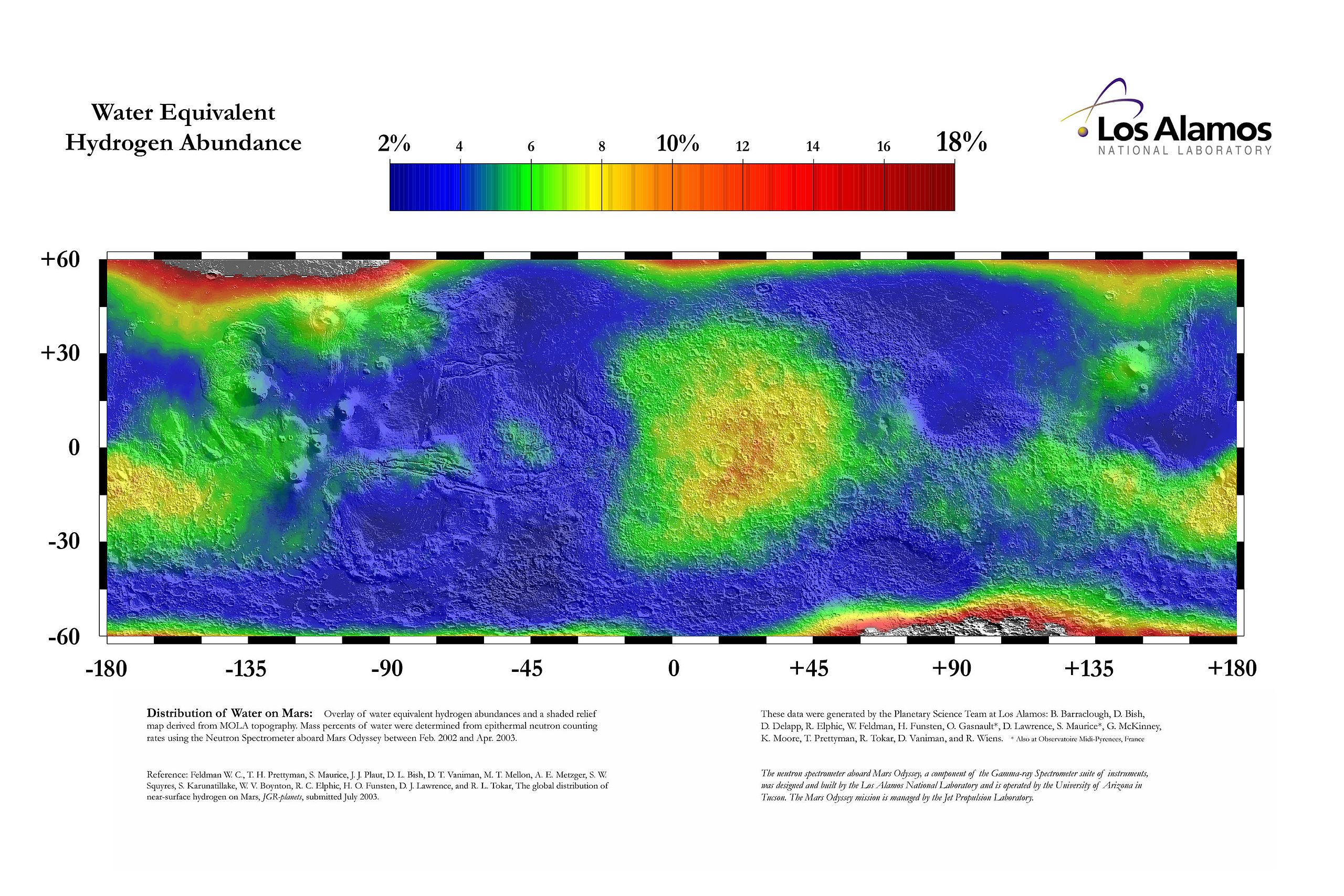Space
1543 readers
82 users here now
A community to discuss space & astronomy through a STEM lens
Rules
- Be respectful and inclusive. This means no harassment, hate speech, or trolling.
- Engage in constructive discussions by discussing in good faith.
- Foster a continuous learning environment.
Also keep in mind, mander.xyz's rules on politics
Please keep politics to a minimum. When science is the focus, intersection with politics may be tolerated as long as the discussion is constructive and science remains the focus. As a general rule, political content posted directly to the instance’s local communities is discouraged and may be removed. You can of course engage in political discussions in non-local communities.
Related Communities
🔭 Science
- !curiosityrover@lemmy.world
- !earthscience@mander.xyz
- !esa@feddit.nl
- !nasa@lemmy.world
- !perseverancerover@lemmy.world
- !physics@mander.xyz
- !space@beehaw.org
🚀 Engineering
🌌 Art and Photography
Other Cool Links
founded 2 years ago
MODERATORS
1
2
3
4
5
6
7
8
26
9
10
11
12
13
14
35
Astronomers Detected a Mysterious Radio Burst. It Turned Out to Be From a Dead NASA Satellite
(www.smithsonianmag.com)
15
16
17
18
23
A deep dive into biosignature discovered in the atmosphere of the exoplanet K2-18b
(www.youtube.com)
19
113
A fast radio burst detected last year turned out to be from long-dead NASA satellite
(www.universetoday.com)
20
21
22
23
24
25
view more: next ›


